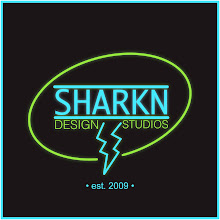 1. Designer: Luba Lukova.
1. Designer: Luba Lukova.This poster was most likely designed in the latter half of the 1900's.
2. The problem: War. The project was to design a poster speaking out about war. I think its probably done for personal use rather than something she was commissioned to do.
3. The client: herself. She probably did this as personal work to show her views on peace and war.
4. The Audience: The general public. Probably to be displayed or possibly sold as a poster. Most likely to gain a certain reaction from the people viewing it.
5. The message: I think she was trying to speak out about war and peace. I figure she is trying illustrate the idea that peace can only be achieved through war. All the smaller images are of war and military related objects and together they form the image of a dove, a known symbol of peace. The poster reminds me of the quote "Si vis pacem, para bellum" -- If you wish for peace, prepare for war. Which, I think, I heard in the movie The Punisher... Anyways, its basically saying that, though people may not agree with the wars, they are necessary to establish peace. We won't always be able to constantly be in a state of peace, especially if countries and organizations attack others, and the only way to achieve peace again is through war.
6. The outcome: She probably didn't expect a huge response, rather to inform people more.
7. I think she went about this trying to keep it very simple yet still having a powerful message. In the end I think it was achieved very successfully. The light blue background and the white dove give the poster a peaceful feeling, while all the shapes are cramped together and conflict with each other pointing in different directions. She also wrote very plainly and small in the top corner the word "peace" to further illustrate the idea, however, I don't think it was completely necessary to the design. I think that it says enough without the word.







